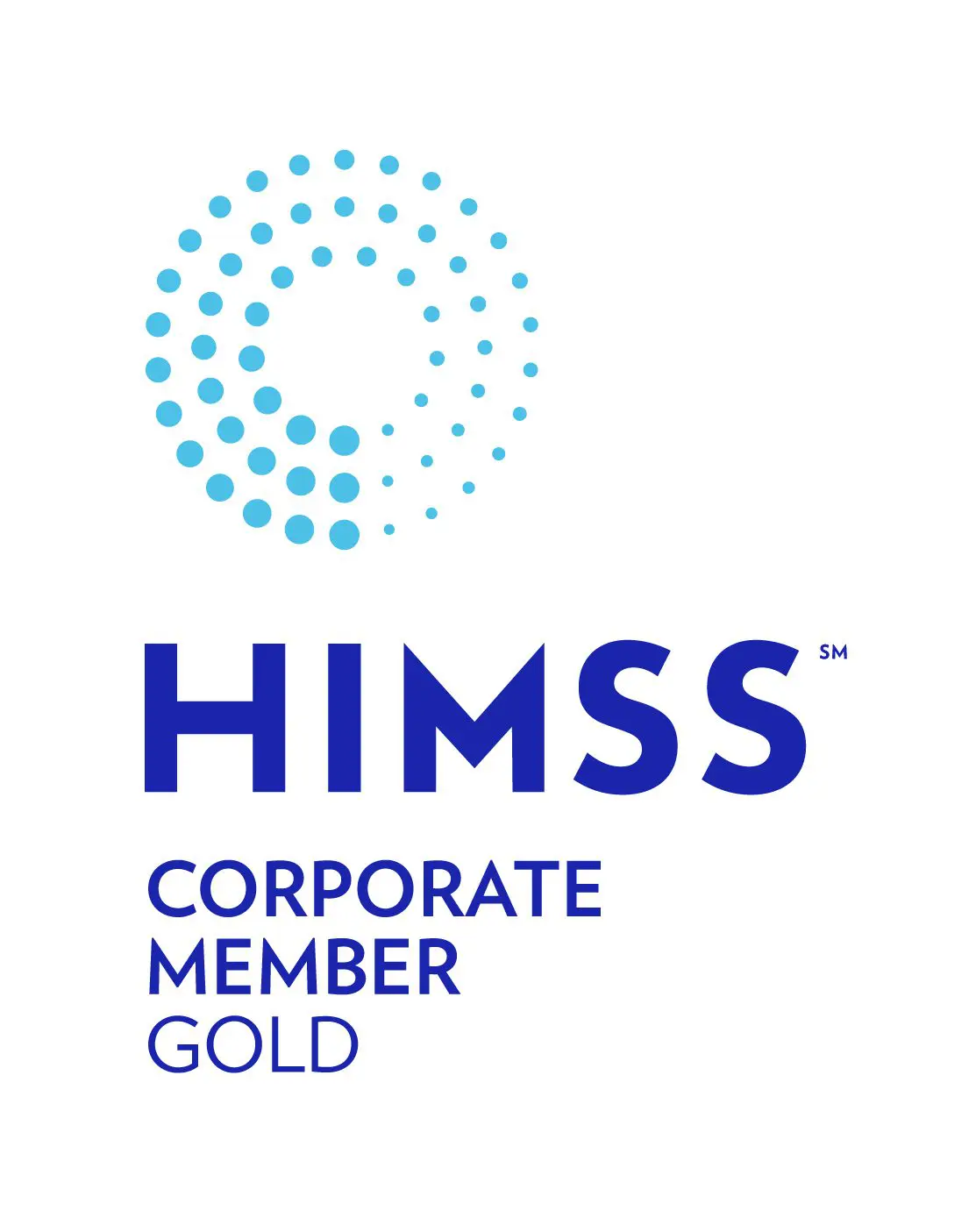
Especially with the advent of new data types such as wearable devices, a child generates a large volume of medical record data over time. This volume contributes to our nation’s overall health data explosion. With the average hospital producing roughly 50 petabytes of data every year, the amount of data generated in healthcare is increasing at a rate of 47 percent.
According to state and federal record retention requirements, a child’s medical record must be protected. At a minimum, pediatric medical records must be retained for 10 years or until the age of majority plus the applicable state statute of limitations (time to file a lawsuit) — whichever is longer. That means that provider organizations need a long-term data management strategy for pediatric and other records.
Case Study: An active archive puts children’s historical health records at clinicians’ fingertips.
Children’s Minnesota, one of the largest freestanding pediatric health systems in the nation, was on the path of a full electronic health record (EHR) conversion after acquiring a practice. As a part of the data conversion, Children’s Minnesota was required to retain access to historical medical records. As it became too costly and complex to convert the high volumes of data to the new EHR, a decision to of legacy data was made.
“There’s really no benefit in trying to convert all the data to a new go forward EHR,” shared Dave Lundal, Senior Vice President and CIO. Dave had joined the health system and helped steer away from a full data conversion. Rather, migration of legacy data to an active archive, HealthData Archiver®, began.
The archive project is part of Lundal’s overall effort to transform the Children’s Minnesota organization, reset the enterprise environment, advance digitally, and create a modern digital environment for associates that leverages data. Here are four key factors Lundal and the Children’s Minnesota team looked for in an archiving partner:
- Security. The vendor needed to prove their own due diligence and security posture.
- A thorough plan of how the vendor partner would work with and support the health system’s team was vital.
- Cost. The archive solution needed to be cost effective with special caution to not “nickel and dime” for changes.
- Functionality. Clinicians required integrated access to archived information directly from within their patient account in the go-forward EHR. Billing personnel needed an ability to continue collecting on accounts receivable from the archive solution.
To hear more about Children’s Minnesota’s successful active archive project utilizing HealthData Platform™, check out this short video interview with Dave Lundal.
Planning for the future of better leveraging digital information in healthcare.
Historically, health data collected focused on patients with disease. Today, more and more information is collected through wearable monitors, and youth today likely will have access to participate in more opportunities that will provide a broader picture of human wellness.
Looking at personal fitness trackers, connected medical devices, implants and other sensors that collect real-time information, the average person is likely to generate more than 1 million gigabytes of health-related data in their lifetime.
Further, there are numerous advancements in child-focused medical technology solutions, such as specialized pediatric EHRs (like this one designed for the NICU), digital child health journals, and pediatric telemedicine apps.
An active archive is part of the long-term solution of keeping relevant information accessible and interoperable to support patient care and population health initiatives. Having easy access to more usable data supports long-term better outcomes in healthcare for youth as lifespans increase and they frow past adulthood to become seniors.
Pediatric medical records are key to the future of improved healthcare outcomes.
To assist healthcare delivery organizations with long-term health data management, Harmony Healthcare IT has developed a suite of products and services that consolidates data stores, reduces out-of-production system maintenance costs, mitigates technical risk, complies with record retention mandates, and offers both interoperability and data analytics capabilities.
We have worked closely with more than 550 unique software brands, including those focused on pediatric records.
Our team is ready and equipped to help healthcare delivery providers with long-term secure access to historical pediatric and general records and the migration and conversion services that need to happen along the way.






